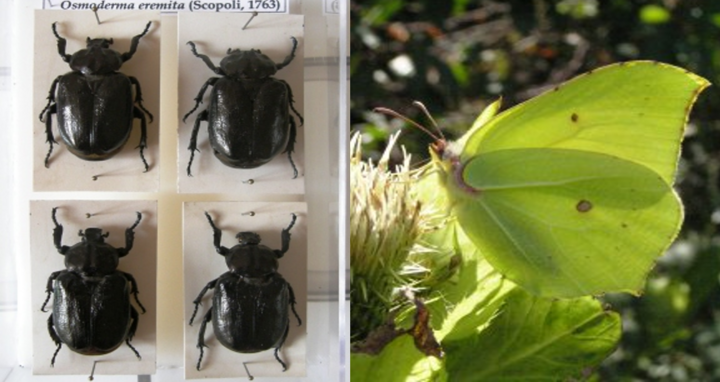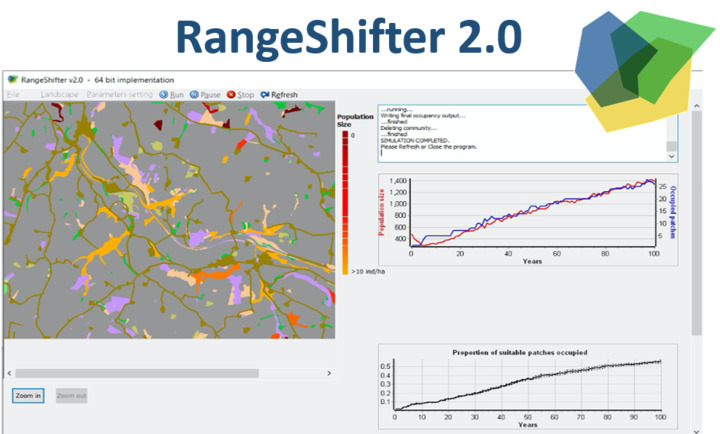Our research encompasses extensive investigations of population genetic diversity and species performance across landscapes and agricultural practices, to address the following objectives:
Major declines in arthropod populations (insects, spiders etc.) have been reported in recent years, and it is attributed to factors such as agricultural and forestry intensification, habitat degradation, and climate change. We will assess the impact of land-use parameters to test effects of cultivation practices, for example Conservation Agriculture compared to conventional farming, and type of surrounding landscapes on arthropod population genetic diversity. This will provide unprecedented investigations of the effect of land-use on arthropod diversity and population genetics, including ecosystem service providers.

We will assess the genetic consequences of arthropod decline using multiple approaches:
I) museomics – sequencing of representative museum specimens in historical time series, which will enable us to link population fluctuations and declines with changes in genetic diversity.
II) whole genome (re)sequencing of contemporary specimens across landscapes and populations, to link population genetics to species’ demography, life history, landscape composition and land use.
III) eDNA sampling developed to monitor communities and investigate ecological functional networks. This includes the application of eDNA metabarcoding for assessment of species diversity and community composition, and the development of monitoring eDNA tools for arthropod conservation.

Decline in population size causes risk of inbreeding and loss of genetic diversity. This could lead to impaired organismal function, for example increased vulnerability to disease outbreaks due to reduced diversity in immune genes; or lower resilience to stressful conditions such as rapid temperature changes. Furthermore, populations may be hampered by negative effects on fecundity, viability and other important life history traits. In combination, the reduced performances can cause loss of beneficial ecosystem services that rely on high population density. We will take an experimental approach to assess the effect of population genetic diversity on functional responses in a common garden setting, to establish a direct link between population genetic diversity and organismal performance. This is key for understanding ecological consequences of population declines.

We will integrate data on genetic diversity and functional responses in relation to land-use and landscape structure into a process-based modelling framework to:
I) generate testable predictions on how land-use and agricultural practices shape population genetic variation;
II) test the effectiveness of management strategies for maintaining genetic diversity.
The model will be developed on the RangeShifter modelling platform. RangeShifter is a stochastic, process- and individual-based model that integrates life histories, population dynamics and dispersal processes that play out on real landscapes accounting for different land-uses and structures. Additionally, the model integrates explicit modelling of neutral and adaptive genetics.
We will include stake holders in the development of management practices to enhance arthropod diversity and ecosystem services. This will include dissemination of fundamental knowledge on the biology of species that perform ecosystem services in combination with recommendations on how to implement management practices to preserve them. Predictive modelling in RangeShifter will develop guidelines on how integrated management practices can enhance genetic and species diversity of arthropods. We will develop workshops, and employ different dissemination platforms for engaging the society in this endeavour.